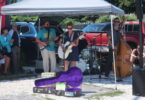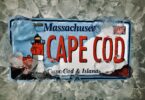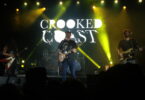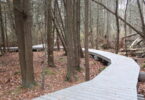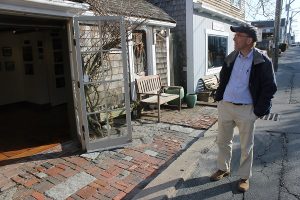
David Dunlap takes a walk down Commercial Street in the spring, pointing out buildings of interest in town.
PHOTOS BY LAURA M. RECKFORD/CAPE COD WAVE
PROVINCETOWN – “One of the things I love about Provincetown: there’s a surprise around every corner,” journalist David W. Dunlap said, during a stroll with Cape Cod Wave down Commercial Street earlier this spring.
Dunlap, a longtime reporter on architecture for the New York Times, has taken on the hodgepodge of colorful history that defines the town on the Cape’s tip for his latest project, “Building Provincetown,” a sort of social and cultural encyclopedia in book and online form.
His idea was to write a Provincetown guidebook about not just history and architecture but also the people and the culture.
The Story of the People
“One of the things that dawned on me is, you see enough wood-framed buildings with gabled roofs. You have to tell the story of the people, even though what you’re doing is using the buildings as an organizing principal,” he said.
The story of the buildings, he said, is incomplete, “without the stories of the people in them, the people who built them, the people who live in them, who created art in them and raised families in them.”
He has spent years interviewing locals, including people of Portuguese descent whose families lived in town for generations, as well as local artists and historians.





